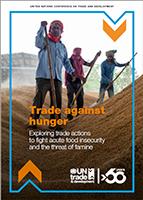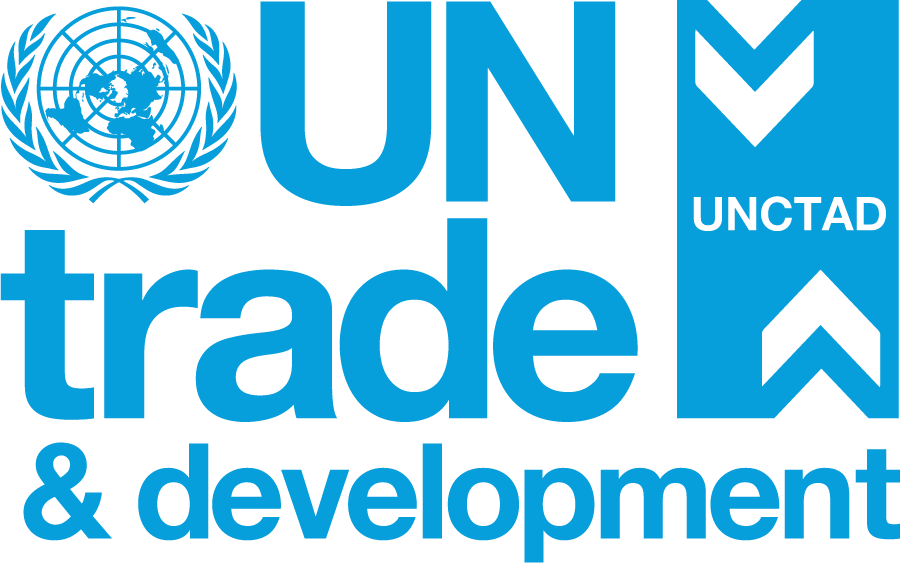
Global food insecurity has surged in recent years, reversing decades of progress in the fight against hunger. Conflict, climate shocks, poverty and economic instability are driving this crisis and threatening the global goal to eradicate hunger.
- Over 280 million people face acute food insecurity, an emergency putting lives at immediate risk.
- Around 733 million face chronic food insecurity – a persistent lack of safe, nutritious food – up 150 million since 2019.
- Without immediate action, 582 million could face chronic hunger by 2030.
The report examines how trade can help address food insecurity and prevent famine, outlining actions to stabilize food systems and build resilience against future shocks.
Causes of food insecurity and famine
The causes of acute food insecurity are complex and inter-linked.
- Armed conflict is the primary driver of acute food insecurity, affecting 134.5 million people in 20 countries in 2022 – almost half of all cases worldwide. Nearly all people facing famine in 2023 lived in countries affected by armed conflict.
- Socioeconomic shocks, poverty and inequality are key drivers of acute food insecurity, affecting 84 million people in 27 countries in 2022, up from 30 million in 2021.
- Climate change is increasingly driving acute food insecurity, with weather extremes causing hunger for 77 million people in 18 countries, up from 57 million in 12
Trade’s impact on food security and famine relief
Trade can increase food supplies, lower prices and improve access to diverse, nutritious food. It also safeguards against local shocks like drought and conflict while supporting economic resilience.
- African countries rely on imports for 30% of their cereal needs, highlighting trade’s importance in sustaining food supplies.
- The Black Sea Initiative demonstrated trade’s role in stabilizing food supplies and markets. During the war in Ukraine, the United Nations and Türkiye brokered a deal to enable food and fertilizer exports from Ukraine and Russia, helping reduce the FAO Food Price Index by 23%.
However, trade can contribute to rising food prices and increase vulnerabilities, particularly in highly import-dependent countries.
- Tariffs and non-tariff measures, such as sanitary standards, can make imported food less affordable. For instance, non-tariff measures can increase costs by 20%.
- Over-reliance on imports leaves countries exposed to global price spikes or supply chain disruptions. Countries facing acute food insecurity are often dependent on imports. For example, Yemen relies on imports for 93% of its cereal needs, and Haiti for 86%.
Key trade policy actions and recommendations
The report underscores the need for targeted policies to reduce trade-related costs and stabilize food prices. It also calls for strengthened global cooperation to build resilient food systems and drive sustainable agricultural production, especially in vulnerable countries.
Actions include the following:
- Reduce trade barriers by cutting tariffs and addressing the hidden costs of non-tariff measures to food insecure countries.
- Facilitate access to food during crises by eliminating tariffs on food aid and essential inputs and avoiding export restrictions.
- Strengthen regional food trade and cooperation to shorten supply chains and reduce vulnerabilities to global disruptions.
- Boost export capacity in vulnerable countries by providing technical assistance to help producers meet international standards.
- Invest in trade infrastructure – including ports, transport networks and storage facilities – to lower trade costs, especially for low-income countries.
- Support climate-smart and sustainable farming in developing countries to reduce vulnerabilities to climate change and global market shocks.
With decisive, collaborative action, a world free from hunger is within reach. Trade can not only tackle today’s challenges but also create a sustainable and equitable global food system for the future.


